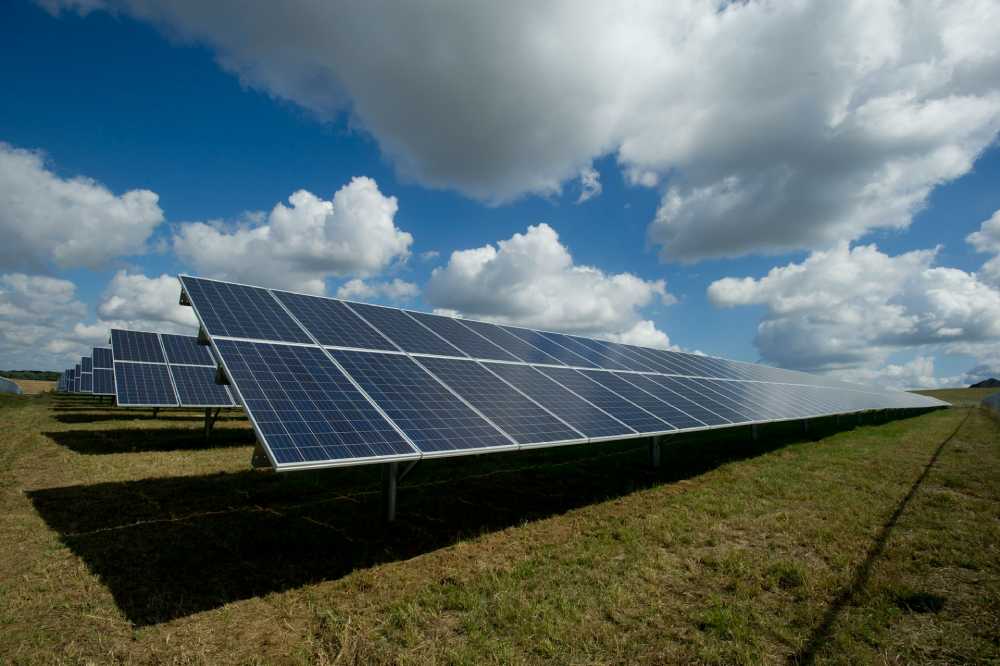Essential Insights into Modern Energy Storage Systems and Their Impact on Sustainability
Energy storage systems have become pivotal in our quest toward an increasingly sustainable and resilient energy infrastructure.
These systems facilitate the widespread integration of renewable energy sources and promise enhancements in energy efficiency, cost savings, and a significant step towards carbon neutrality. This article unfolds the diverse aspects of energy storage systems, highlighting the key points necessary to grasp their growing importance in the global energy discourse.
The Role of Energy Storage in Renewable Energy Integration
Integrating renewable energy into the existing power grids poses significant challenges due to the intermittent nature of sources like solar and wind. Energy storage systems are the linchpins in this equation, allowing surplus energy storage during peak production and delivering it during high demand or low production periods.
This ensures a constant and stable energy supply and maximizes the efficiency of renewable energy systems, reducing waste and improving grid reliability. The potential for energy storage to act as a balancing mechanism is critical for a future where renewables are the primary energy source.
Advancements in Energy Storage Technology
Continued research and development have led to remarkable improvements in energy storage. Innovations include:
- Advancements in lithium-ion batteries.
- Exploration of alternative battery chemistries such as vanadium flow.
- Even entirely new approaches like gravity-based and liquid air energy storage.
These innovations profoundly affect energy density, charge rates, and the overall costs associated with energy storage. For instance, pursuing solid-state battery technology promises higher energy density and faster charging times, which are game-changing in electric vehicles and large-scale storage solutions. The emergence of these technologies, as chronicled by sources like ScienceDaily, signifies a transformative period in the evolution of energy storage.
Evaluating the Environmental Impact of Energy Storage Systems
While energy storage technologies boast numerous environmental benefits, assessing their life cycle impact is crucial. The production processes of batteries and other storage mechanisms demand significant resources, and using rare or hazardous materials can lead to environmental concerns.
At the same time, advancements are being made to improve the recyclability of these systems and their components, seeking a cradle-to-cradle approach. The environmental benefits of deploying energy storage systems are manifold, including reducing greenhouse gas emissions through the effective use of renewables and the potential for mitigating the ecological footprint of energy production and consumption.
Energy Storage Systems in Residential and Commercial Sectors
The proliferation of energy storage systems extends beyond utility-scale implementations—residential and commercial sectors are also adopting these technologies at a growing rate. For homeowners, this means achieving greater energy independence, lowering electricity bills, and contributing to a more sustainable lifestyle by pairing energy storage with solar panels.
On a commercial scale, businesses employ energy storage to stabilize energy costs, improve power quality, and enhance their green credentials. The versatility of these systems demonstrates their utility in cutting energy expenditures and enabling active participation in the emerging smart grid ecosystem.
Policy and Regulatory Landscape for Energy Storage
Governments worldwide recognize the strategic importance of energy storage and are crafting policies and regulations to promote its adoption. These regulations may range from safety and performance standards to incentive schemes designed to lower entry barriers for producers and consumers of energy storage technology.
Such policy measures are crucial for fostering a supportive environment that encourages the spread of energy storage, aligning with broader goals of energy security and climate change mitigation. For example, regions with aggressive renewable energy targets often feature robust support structures for storage systems, accelerating the transition from fossil fuels.
The Economic Viability of Energy Storage Systems
The economic landscape for energy storage is rapidly evolving. With the decreasing production costs and enhanced performance, energy storage is an economically sound investment in many scenarios. Governments and organizations globally offer various financial incentives, grants, and tax breaks, further catalyzing the industry’s growth.
The industry’s cost competitiveness is underlined by reports from authoritative bodies like the International Renewable Energy Agency (IRENA), which spotlight the decreasing expense of energy storage as a vital enabler of renewable adoption.
Case Studies: Successful Energy Storage System Implementations
Instances of successful energy storage applications can be found worldwide, demonstrating these technologies’ diversity and adaptability. These case studies often illustrate the ability of energy storage to enhance the use of renewable energy, reinforce grid stability, and support overall sustainability goals.
From small residential setups to utility-scale projects, energy storage has proven its value in real-world contexts, showcasing significant benefits in terms of reliability, scalability, and environmental impact.
Future Prospects of Energy Storage Systems
The trajectory of energy storage systems is aimed towards an increasingly prominent role within the global energy landscape. Prospects include integrating energy storage with smart grid technology, advances in grid-scale storage that could entirely change the dynamics of renewable energy networks, and the role of storage in facilitating the transition to electric-based transportation systems.
These developments suggest that energy storage is not merely a stop-gap solution but a cornerstone technology for a sustainable and resilient energy future.
How to Choose the Right Energy Storage System
Finding the right energy storage solution is a nuanced process that requires careful consideration of various factors. These include the specific energy needs of a home or business, the financial investment and expected return, the longevity and efficiency of the system, and its overall sustainability impact.
When looking into energy storage options, thoroughly comparing the vast array of available technologies and configurations is essential. This will help ensure that the chosen system aligns with both personal values and practical requirements, forging a path towards a more sustainable and self-sufficient energy ecosystem.

